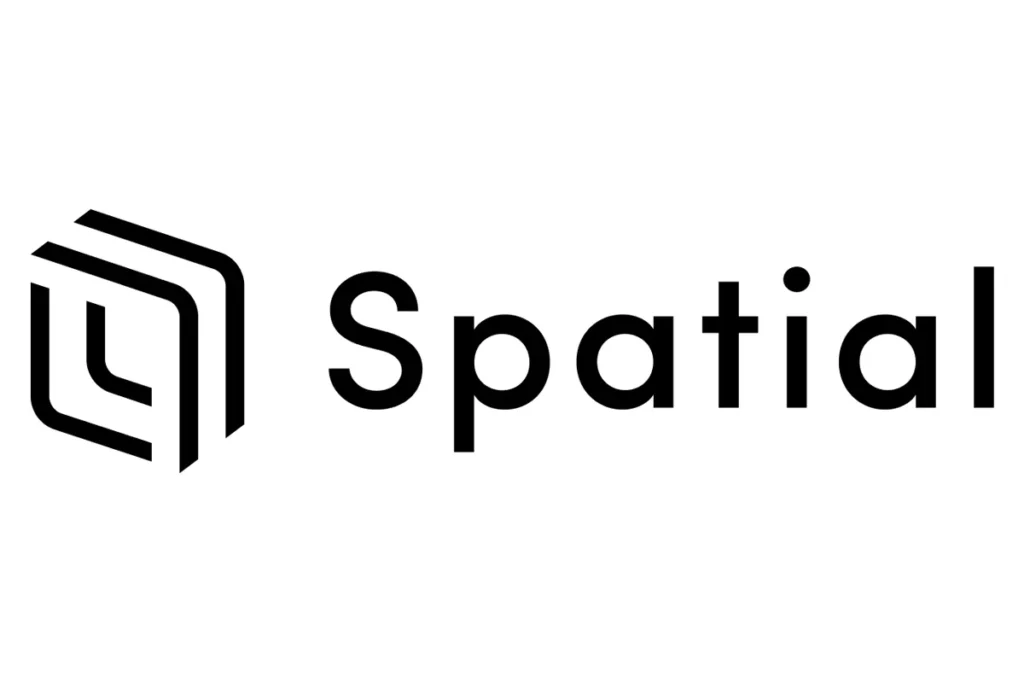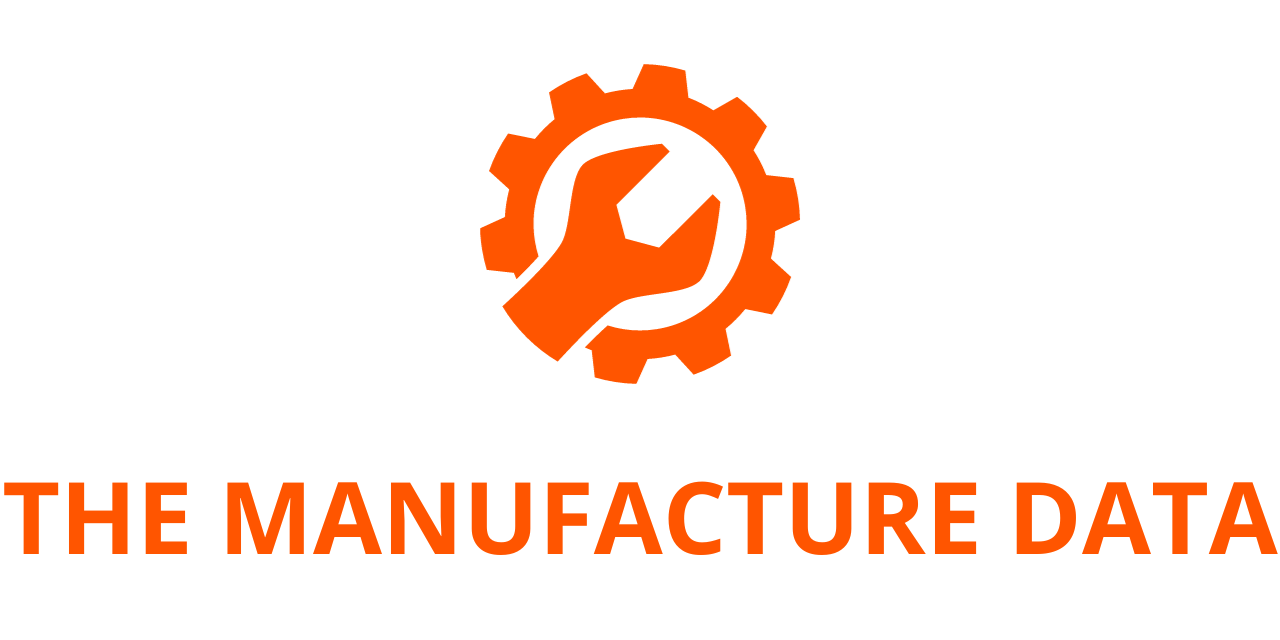
Spatial Corp. Announces 2025 1.0.1 Release with Key Enhancements for CAD Translation, Model Simplification, and Mesh Preparation for Manufacturing and Simulation
Spatial Corp., a leading provider of 3D software development toolkits for design, manufacturing, and engineering solutions, and a subsidiary of Dassault Systèmes, has officially announced the release of its 2025 1.0.1 update. This release introduces a host of important updates across multiple product lines, reinforcing Spatial’s commitment to delivering innovative solutions that streamline workflows and improve design-to-manufacture and design-to-simulation processes. The 2025 1.0.1 release expands functionality in areas such as model simplification, CAD translation, hidden-body removal, and mesh preparation, empowering customers across industries like CAD, simulation, and manufacturing to achieve greater efficiency and accuracy.
As a leader in 3D modeling and simulation technology, Spatial Corp. offers a suite of software development toolkits that cater to an expansive range of industries, from aerospace and automotive to industrial machinery and consumer products. The new release strengthens Spatial’s position by reducing manual tasks, increasing the fidelity of geometry translation, and enhancing overall workflows. In particular, the introduction of a new custom feature detection API and improvements in CAD format support promise to provide users with even greater control and flexibility in their design and simulation processes.
Key Enhancements in the 2025 1.0.1 Release
1. 3D ACIS Modeler
One of the standout features of this release is the introduction of a Custom Feature Detection (Beta) capability. This new tool is designed to automate and optimize the process of model simplification, which typically involves a significant amount of manual effort. With this new feature, users can define custom features within a model, and the software will automatically detect and apply these features throughout the entire model. This not only saves time but also ensures greater consistency and efficiency in simplifying complex CAD models.
In addition to feature detection, the Panel Ray Fire interface has been enhanced to improve performance when firing rays in structured rectangular patterns. This change enables applications to fire an array of rays in a more efficient manner, which significantly boosts processing speed and performance. By leveraging this new functionality, users can execute ray tracing operations faster and with greater precision.

Another noteworthy improvement is in Skinning Enhancements. The optimization of algorithms for skinning operations ensures that the software produces cleaner, more accurate output surfaces. This update specifically targets reducing issues such as twists and self-intersections that may occur in complex models, resulting in more reliable and visually accurate models for both simulation and manufacturing purposes.
2. 3D InterOp
The 3D InterOp product line, which facilitates interoperability between different CAD systems, sees several improvements in this release, particularly for popular CAD platforms such as Creo and Inventor. In the Creo Reader Improvements, the new capabilities include the translation of cosmetic sketches into wireframe bodies. This feature is especially useful for workflows that involve engraving, where users can convert text from cosmetic sketches into wireframe geometries for further machining or production processes.
Another significant enhancement is the support for Table Patterns. This feature allows users to extract table patterns, which define the locations of features for machining processes such as drilling, milling, cutting, or punching. This enhancement provides more flexibility in creating and translating patterns for manufacturing, improving overall workflow efficiency.
Spatial has also extended support for STEP AP242, a widely used format for exchanging CAD data. The addition of STEP AP242 PMI writing allows users to write semantic Product Manufacturing Information (PMI) directly into STEP files, ensuring a more complete and accurate translation of design intent. This feature is critical for manufacturers and engineers who rely on precise, standardized data formats for downstream manufacturing and inspection processes.
To further improve interoperability with other design tools, this release also includes Sketch Support for Inventor. Users can now import sketch data as wire bodies from Inventor 2023 and later versions, providing greater flexibility in multi-CAD workflows.
Additionally, the update introduces Wire support in the glTF Writer, enabling the conversion of CAD files with PMI data to the glTF format. This functionality is particularly valuable for web viewing applications, allowing users to interact with 3D models directly in web browsers.
Spatial also continues to expand its support for various CAD formats, with updates to handle the latest versions of multiple file types, including IFC 4.3.2.0, NX 2412, Parasolid 37.0, Revit 2025, and Solid Edge 2025. These updates ensure that users can work with the latest design tools and technologies, making it easier to collaborate across different platforms.
3. Data Prep – 3D InterOp Add-On
Another significant update in the 2025 1.0.1 release is the improvement in Hidden Body Removal for parts and assemblies. Hidden-body removal is a critical step in preparing CAD models for manufacturing, as it helps identify and remove irrelevant or unnecessary elements that could interfere with downstream processes. The new version introduces an optional behavior that allows hidden bodies to be identified and marked-up without being removed, giving users more control over how their models are simplified.
Hidden-body removal for assemblies is also available in a limited form for demonstration purposes, with more robust functionality expected in future releases. As the Data Prep functionality continues to evolve, this feature will become even more powerful, helping customers automate and streamline their data preparation tasks for manufacturing and simulation applications.
4. CGM Modeler
The CGM Modeler also receives a valuable enhancement with the introduction of a Generate Parallel Curves on a Body (Beta) operator. This new tool allows users to create parallel curves on a body’s surface, separated by a specified geodesic distance. This feature is particularly useful in manufacturing workflows that require precise spacing between adjacent toolpaths, such as in CNC machining and 3D printing.
Additionally, the release includes several memory management improvements for the C# interface, further enhancing the stability and performance of the software when integrated into custom applications.
5. CSM-CVM
For users working with CVM mesh quality, the 2025 1.0.1 release includes mesh regularity improvements in adaptive workflows. These enhancements ensure that meshes are of higher quality, with more consistent and predictable results across simulations. The improved mesh quality is especially valuable for applications in computational fluid dynamics (CFD), structural analysis, and other advanced simulations where precision and accuracy are paramount.
6. CDS
The CDS (Constraint Definition and Solving) product line sees an update with the addition of support for soft constraints. This feature allows users to convert between geometric constraints and soft constraints, enabling greater flexibility in managing the relationships between design elements. Soft constraints provide more leeway during the design process, making it easier to find optimal solutions that satisfy the underlying design requirements.
Spatial’s Commitment to Innovation
Spatial Corp. has been at the forefront of 3D modeling and simulation technology for over 35 years, delivering cutting-edge software development toolkits to help businesses across a wide array of industries accelerate product development and reduce time-to-market. The company’s solutions are used by some of the world’s leading manufacturers, software developers, research institutions, and universities to build market-leading applications and services.
Headquartered in Broomfield, Colorado, Spatial operates offices in the USA, France, Germany, Japan, China, and the United Kingdom, ensuring global support for its extensive customer base. The release of the 2025 1.0.1 update reflects Spatial’s ongoing commitment to innovation and continuous improvement in the areas of 3D modeling, CAD translation, manufacturing, and simulation.
By adding powerful new features such as custom feature detection, improved CAD format support, mesh quality enhancements, and streamlined workflows for model simplification and hidden-body removal, Spatial is helping its customers stay competitive in an increasingly fast-paced and complex market. These updates not only reduce manual tasks but also increase the fidelity of geometry translation, facilitating more accurate design-to-manufacture and design-to-simulation processes.
About Spatial Corp.
Spatial Corp. is a subsidiary of Dassault Systèmes and a leader in the development of 3D software toolkits for a wide range of industries. With over 35 years of experience, Spatial has empowered software developers, manufacturers, and researchers with the tools they need to create cutting-edge products and solutions. The company’s offerings include 3D modeling, 3D visualization, and CAD translation toolkits that help streamline product development workflows and reduce time-to-market. Spatial is headquartered in Broomfield, Colorado, with offices in the USA, France, Germany, Japan, China, and the United Kingdom.




